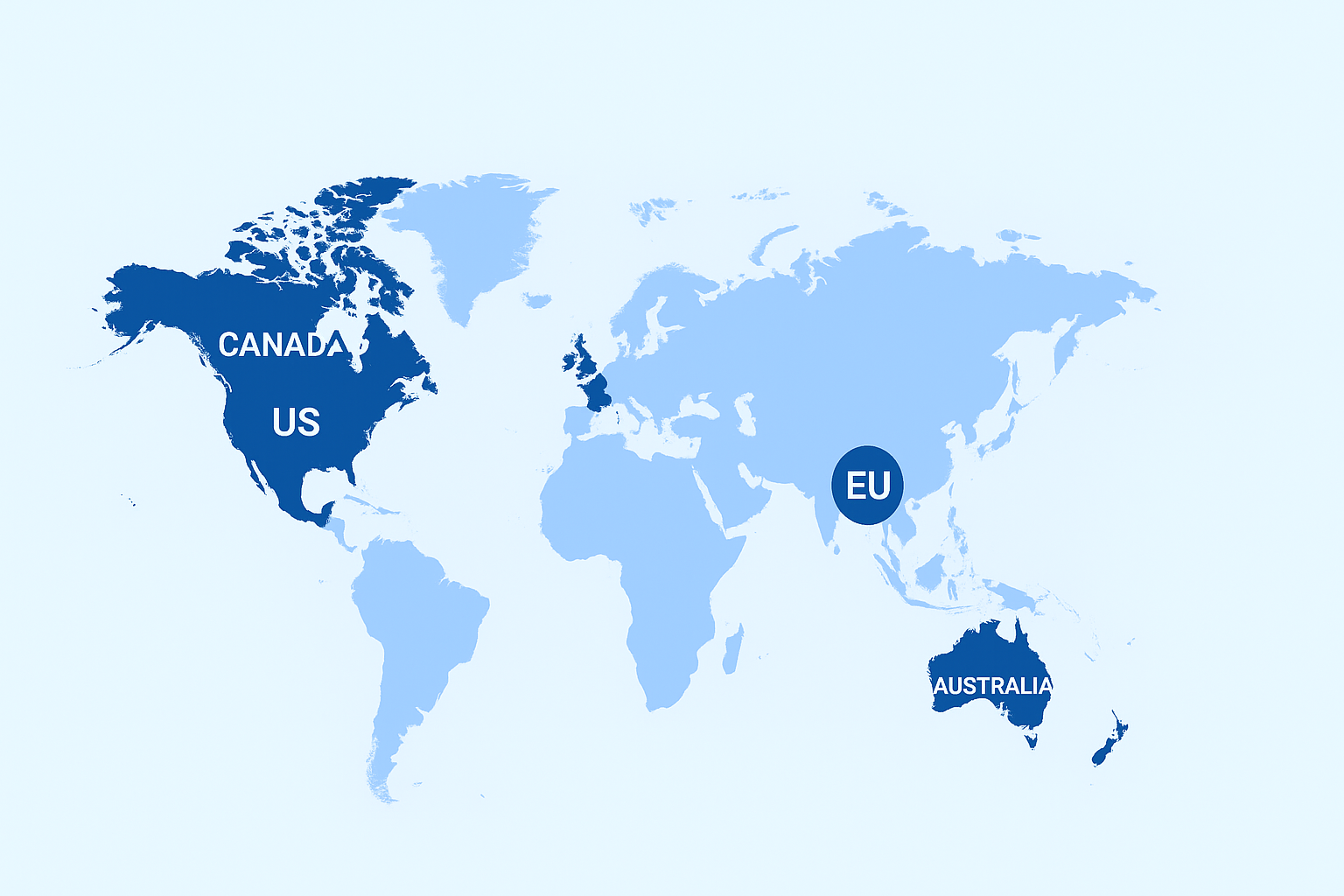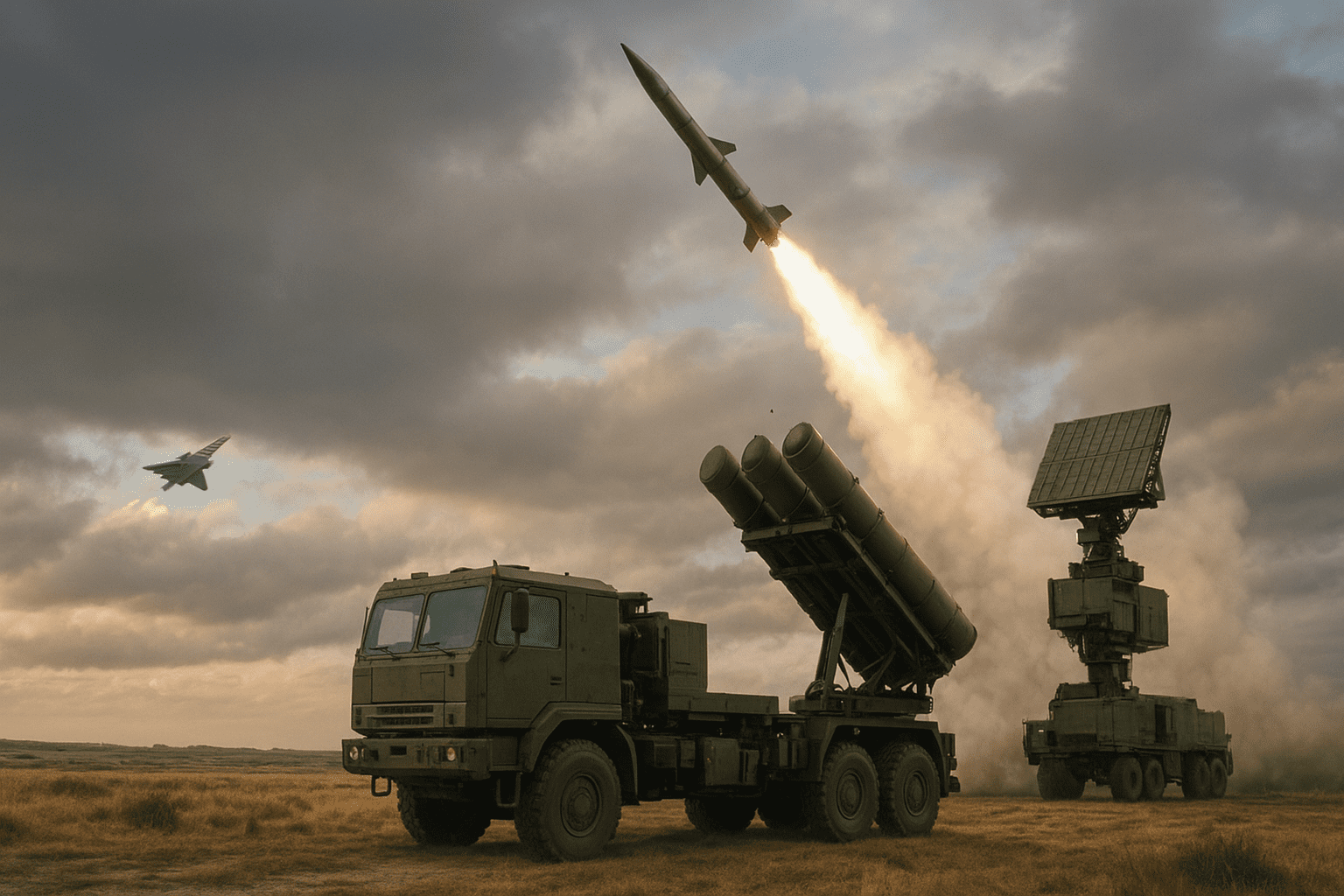Indian students have long seen American universities as launching pads to stellar global careers. Yet in 2025, growing uncertainty around job placements, costly tuition, tightening US immigration laws during Donald Trump’s second presidency (since January 20, 2025), and lengthy green card waits are fueling debate: Is the US still the best bet for Indian aspirants seeking international education and long-term opportunities?
This article offers a crisp, fact-driven comparison of the US, EU, Canada, UK, and Australia— world’s top study destinations.
Green Card/Citizenship Timelines (if you start in 2025)
Destination | Work Visa | PR Timeline | Total to Citizenship | Cost (₹) | Risk |
US | 1–3 yrs | 15–20+ yrs | 20–35 yrs | 40–80L | ⚠️⚠️⚠️ |
Canada | ≤3 yrs | 1–2 yrs | 4–5 yrs | 20–40L | ⚠️ |
UK | 2–3 yrs | 5 yrs | 6–7 yrs | 25–45L | ⚠️⚠️ |
Australia | 2–4 yrs | 2–3 yrs | 6–7 yrs | 25–50L | ⚠️⚠️ |
EU | 1–2 yrs | 2–5 yrs | 6–10 yrs | 5–20L | ⚠️ |
US: Challenges & Realities for Indian Students
- Most Indian students enter on F-1 visas. After graduation, STEM graduates can get up to 3 years of work authorization via OPT (Optional Practical Training), non-STEM: 12 months. Internships during studies (CPT) remain available. However, in 2025, rules are stricter: OPT jobs must closely match your field of study, requiring more documentation.
- Securing long-term employment means winning an H-1B work visa. Competition is at an all-time high—with only 65,000 + 20000 spots yearly—and preference for higher-salaried, highly skilled roles in tech, finance, and healthcare.

Job Market & Trump’s Policies
- Some US industries (IT, healthcare, renewable energy, finance) still hire international grads—but hiring is down, visa sponsorships are fewer, and legal challenges are higher due to new executive orders focused on stricter immigration control.
- Many Indian students are struggling to get jobs on completion, despite paying ₹40–80 lakh in tuition and contributing to the US economy.
- Immigration restrictions and mass layoffs of civil servants have further impacted legal pathways for foreign workers.
Canada: The Fastest Route for Indian Graduates
- Canada offers the Post-Graduation Work Permit (PGWP): work for up to 3 years after study.
- Canadian experience (1+ year) lets you apply for PR through Express Entry or Provincial Nominee Programs (PNP). Many Indian grads obtain PR within 2–3 years of graduation, sometimes sooner.
- Citizenship: After receiving PR, you can apply for citizenship after 3 years.
- High acceptance rates for foreign grads.
- Transparent, points-based PR system focused on skills, experience, and education.
UK: Flexible but Slower Path
- UK offers the Graduate Route (“PSW”): 2 years (undergrad/master’s) or 3 years (PhD) for work after grad.
- PR (“Indefinite Leave to Remain”) usually after 5 years on qualifying visas (Tier 2, Skilled Worker), followed by a year for citizenship.
- Job market is competitive—tech, finance, healthcare fields most welcoming.
Australia: Points-Based Pathways
- After graduation: Temporary Graduate Visa (subclass 485) allows 18 months–4 years’ work, based on qualification.
- Skilled workers can apply for PR (Subclass 189/190) via a points system—age, English, experience, occupation matter.
- Most get PR within 2–4 years if occupation is in demand; citizenship follows after 4 years of PR.
What Should Aspirants Do in 2025? Top Recommendations
Country | Key Guidance / Notes |
US | Only pursue if entering high-demand fields (STEM, tech, AI, healthcare) and can afford long timelines for PR. Start networking and preparing for H-1B from day one. Green card backlogs and political climate under Trump remain tough. |
Canada | For most, Canada is the clear winner—fast PR, growing job sectors, and easier route to citizenship. |
Australia | Great for skilled migrants (especially in IT, engineering, healthcare); PR is straightforward if you meet skill demand. |
UK | Flexible, with strong grad work visas and relatively reliable PR in tech, finance, and healthcare. Slightly slower than Canada/Australia for citizenship. |
Best Master’s Courses for CS Students ( 2025–2030)
Country/Region | High‑Demand Master’s Specializations (2025–2030) | Typical Roles Hired Into | Why These Are In Demand (Signals) |
United States | Artificial Intelligence & Machine Learning; Data Science & Data Engineering; Cybersecurity; Cloud Computing & Distributed Systems; Computer Vision/NLP; Robotics & Autonomous Systems | ML Engineer, Data Scientist/Engineer, Security Engineer/Analyst, Cloud/DevOps Engineer, Computer Vision/NLP Engineer, Robotics/Autonomy Engineer, Software Engineer | BLS projects 33% growth for InfoSec Analysts and 36% for Data Scientists; sustained demand for software/cloud and AI talent across tech, finance, healthcare, and government |
Canada | AI & ML; Applied Data Science; Cybersecurity; Cloud & DevOps; Health/Bio‑Informatics; Software Engineering | Data Scientist/Engineer, ML Engineer, Security Analyst, Cloud Engineer, MLOps/DevOps, Health Informatics Specialist, Software Engineer | Job Bank outlooks show good prospects for cybersecurity and data roles in many provinces; public‑sector digitization and AI adoption driving demand |
United Kingdom | AI & ML; Data Science & Analytics; Cybersecurity; FinTech/Financial Computing; Cloud & Software Systems; Human‑Computer Interaction (UX) | ML Engineer, Data/Analytics Engineer, Security Engineer/Analyst, Quant/FinTech Engineer, Cloud/Platform Engineer, UX/Researcher | Government and industry reports flag persistent cyber & data skill gaps; rapid AI adoption across sectors; London’s FinTech hub sustains advanced computing demand |
Australia | Cybersecurity; AI & ML; Data Science & Analytics; Cloud/Platform Engineering; Software Engineering; IoT/Embedded Systems | Security Specialist, ML/Data Engineer, Cloud/DevOps, Software Engineer, IoT/Embedded Engineer | Jobs and Skills Australia lists ICT Security/Analysts/Programmers in shortage; ongoing digitization and cloud migration in public & private sectors |
European Union (focus: Germany, Ireland, Netherlands) | AI & ML; Data Engineering/Analytics; Cybersecurity; Robotics & Autonomous Systems; Embedded/Automotive Software; Cloud & Distributed Systems | ML/AI Engineer, Data Engineer, Security Specialist, Robotics/Autonomous Systems Engineer, Embedded/Automotive Software Engineer, Cloud Engineer | Cede fop shows sustained growth for ICT professionals; Germany reports 100k+ IT vacancies and long‑term shortages; EU investments in digitalization keep demand elevated |
















